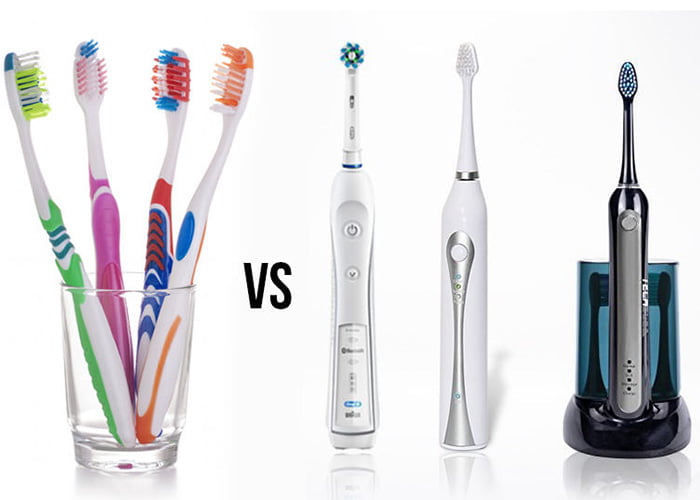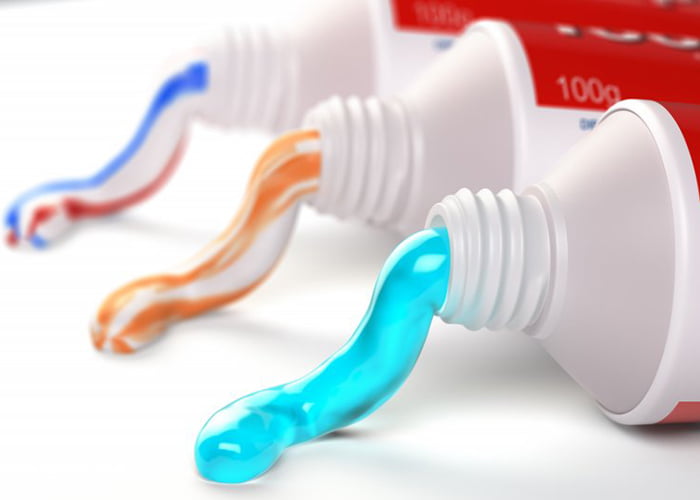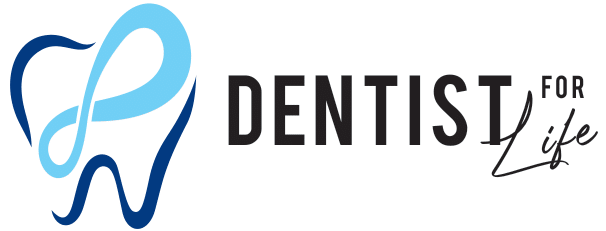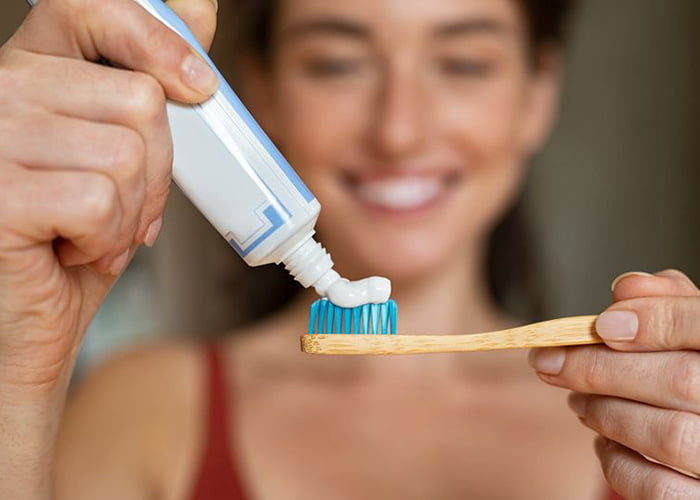Having a good oral hygiene routine is essential for achieving and maintaining healthy teeth and gums. But with so many different brands of toothbrushes, toothpastes, electric brushes, and other products on the market, it can be hard to know what type of toothbrush and toothpaste one should use. Here we will discuss the features of different toothbrushes, how to choose the right type for your needs, and what ingredients you should look for when selecting a toothpaste.
Different Kinds of Toothbrushes: Benefits & Disadvantages
In general, we prefer toothbrushes that have small heads and soft bristles. Small heads allow the brush to reach the back molars more easily and soft bristles will not wear away the enamel when we brush.
Soft brush toothbrushes, non-abrasive fluoride toothpaste, dental floss and a diet low in sugar are the pillars of good oral home care.
Manual toothbrushes
- Use a small, soft head and bristle.
- Inexpensive.
- Must be replaced every 3 months.
- We recommend that our patients brush their teeth for two minutes (30 seconds per quadrant). We found this difficult to do as these brushes do not have a timer.
- Technique sensitive – brush at a 45-degree angle to the front of the tooth. Bristles face up in the upper and down in the lower and tips of bristles face towards the gums.
- Easy to brush too hard.

Electric Toothbrushes
- Clean and remove plaque 10x – 12x better than manual toothbrushes.
- They are 8x – 10x more gentle.
- They beep every 30 seconds and shut off at two minutes, thus ensuring the recommended brushing time.
- Two types:
- Sonic (back and forth) our favorite more gentle to gums.
* Rotary-spins and polishes front teeth very well, harsher on gums.
* Can be rechargeable and used when traveling.
- Heads must be replaced every 3 months
- Expense prices range from $50-$120.
- Easier to use with all patients, especially those with hand problems, age or disease.
Different Kinds of Toothpaste: Benefits & Disadvantages
In general, we prefer toothpaste that is low in abrasion level and contains fluoride. Here are some of the different kinds of toothpaste available and their functions:

For Protection
- Must have fluoride.
- Fluoride must be in a concentration of at least 1000 parts per million.
- Look for the ADA stamp of approval.
- Personal preference as to how clean and how fresh your mouth feels after brushing.
For Whitening
- Whitening toothpaste works to a small degree, over a long period.
- Continued use may cause tooth sensitivity.
For Sensitivity Suppression
- Work very well.
- Can buy this over the counter like Sensodyne, Colgate and Crest.
- Prescription toothpaste such as Prevident 5000 needs to be used once a day preferably before bedtime.
- Best for adults not to rinse or eat following brushing.
- You want the fluoride from the toothpaste to stay in contact with the enamel of the teeth for two minutes while brushing and for 30 minutes after brushing is completed.
Toothpaste for Restoration of Enamel
- Toothpaste with fluoride can restore enamel such as Sensodyne Repair.
- Once tooth decay is present, it’s too late for the toothpaste to have any effect.
Aloe Vera toothpaste
- Claims to fight plaque and Gingivitis.
- Studies have shown that it is not effective.
- Fluoride toothpaste is more essential.
Charcoal Toothpaste
- New to the market.
- Preliminary studies suggest that it is too abrasive and can damage enamel.
Toothpaste for Gingivitis
- Stannous fluoride and Triclosan are effective.
- Brush twice a day, with a small soft brush, for a period of two minutes and floss at least once a day. This is essential for proper oral care.
Toothpaste We Recommend
- Parodontax – contains stannous fluoride, does not contain Triclosan.
- Crest- gum detoxifieng and deep cleans.
- Colgate Total.
- Corsodyl – contains Sodium Fluoride and Sodium Bicarbonate.
- Prevident 5000 – also used to treat Xerostomia (dry mouth).
The American Dental Association contains a website that lists all the toothpaste by their abrasion levels.
See Dentist For Life
Looking for an experienced and trusted dentist in Marysville, Ohio? Look no further than Dentist For Life! We provide comprehensive dental care for patients of all ages. We take a wide variety of insurance plans and are currently accepting new patients. You can reach us at (937) 707-1111 or schedule your appointment online here.



